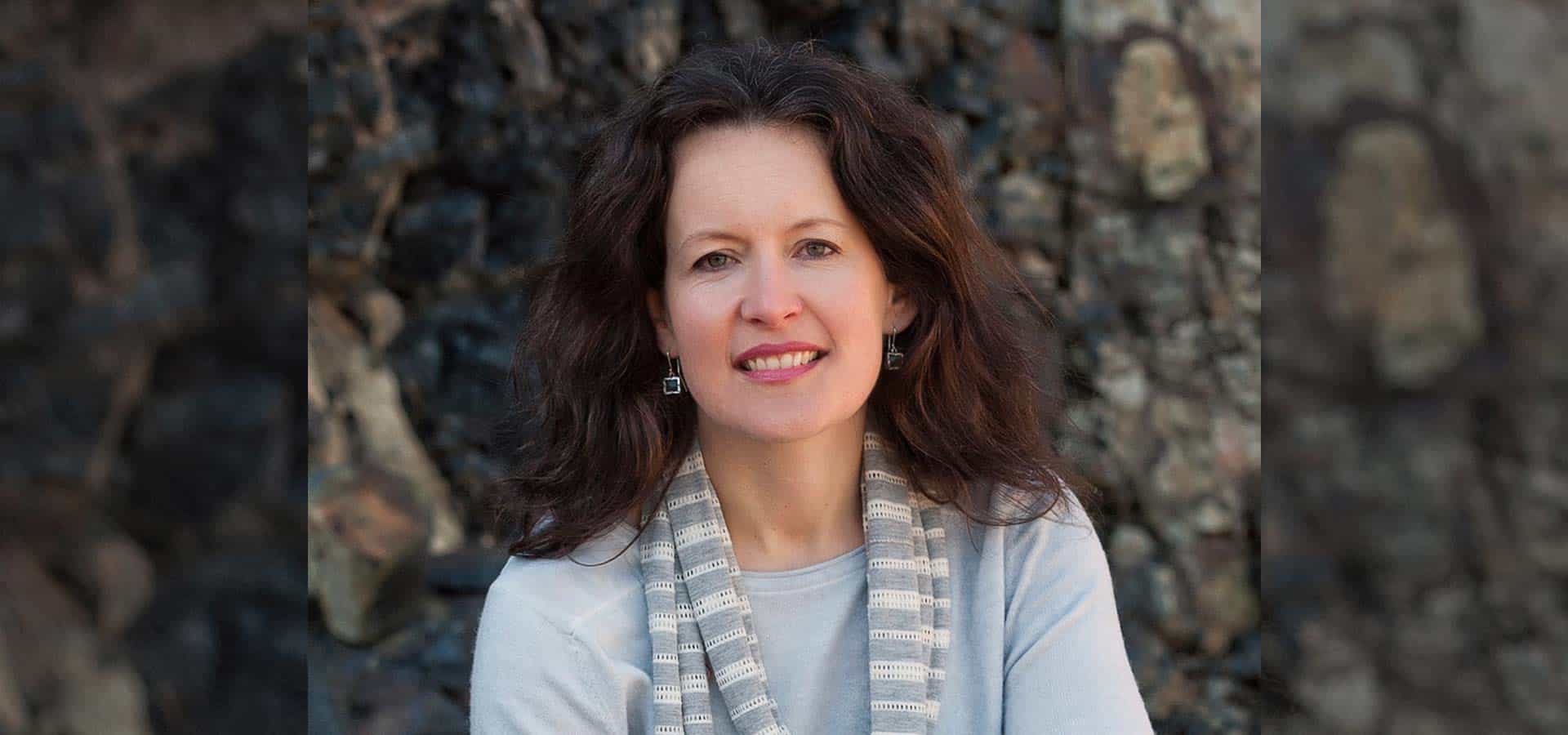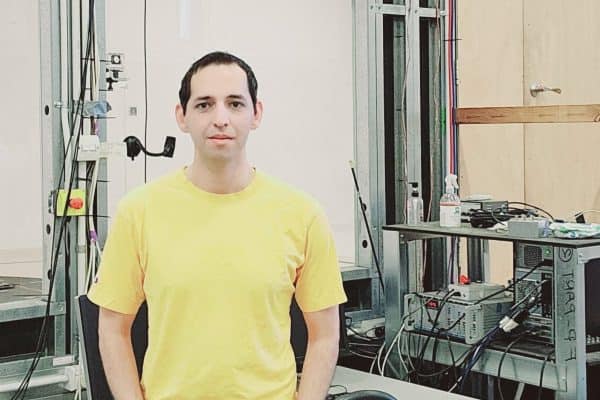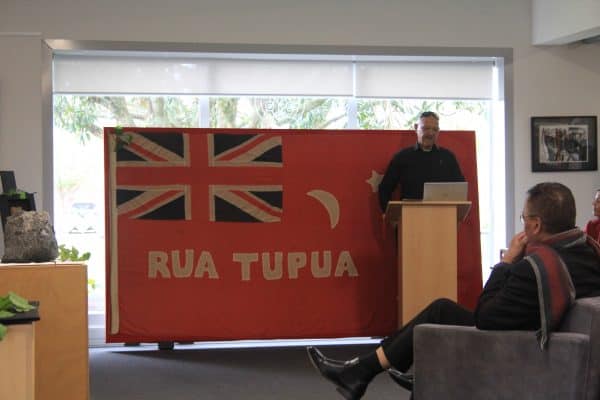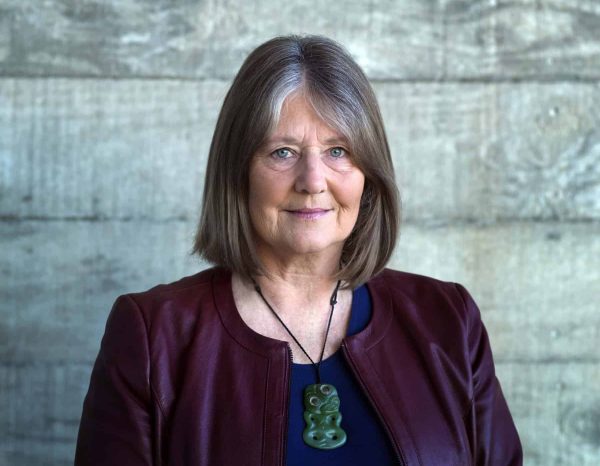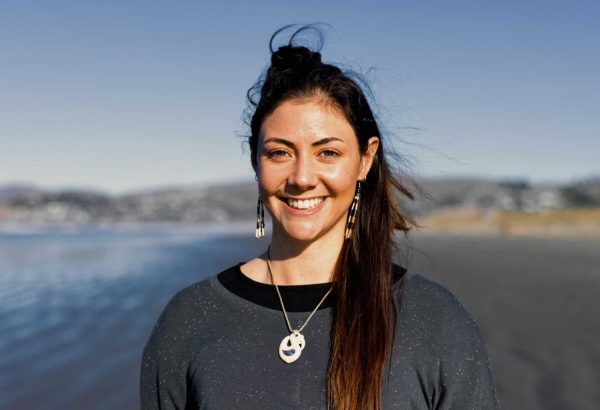Q & A with Dr Caroline Orchiston
11/02/2019
HappyInternational Day of Women and Girls in Science!
Thank you. How amazing that we live in a time when women are making such an incredible contribution to science in our country. We have some incredible role models to inspire us, e.g. Chief Scientist Juliet Gerrard, and of course our own Prime Minister Jacinda Ardern, who are breaking down barriers and stereotypes as successful working mothers with children and fabulous careers. I have three children and a really satisfying job, and I’m happy to be able to show them that it is possible to do great things in your work AND home life.
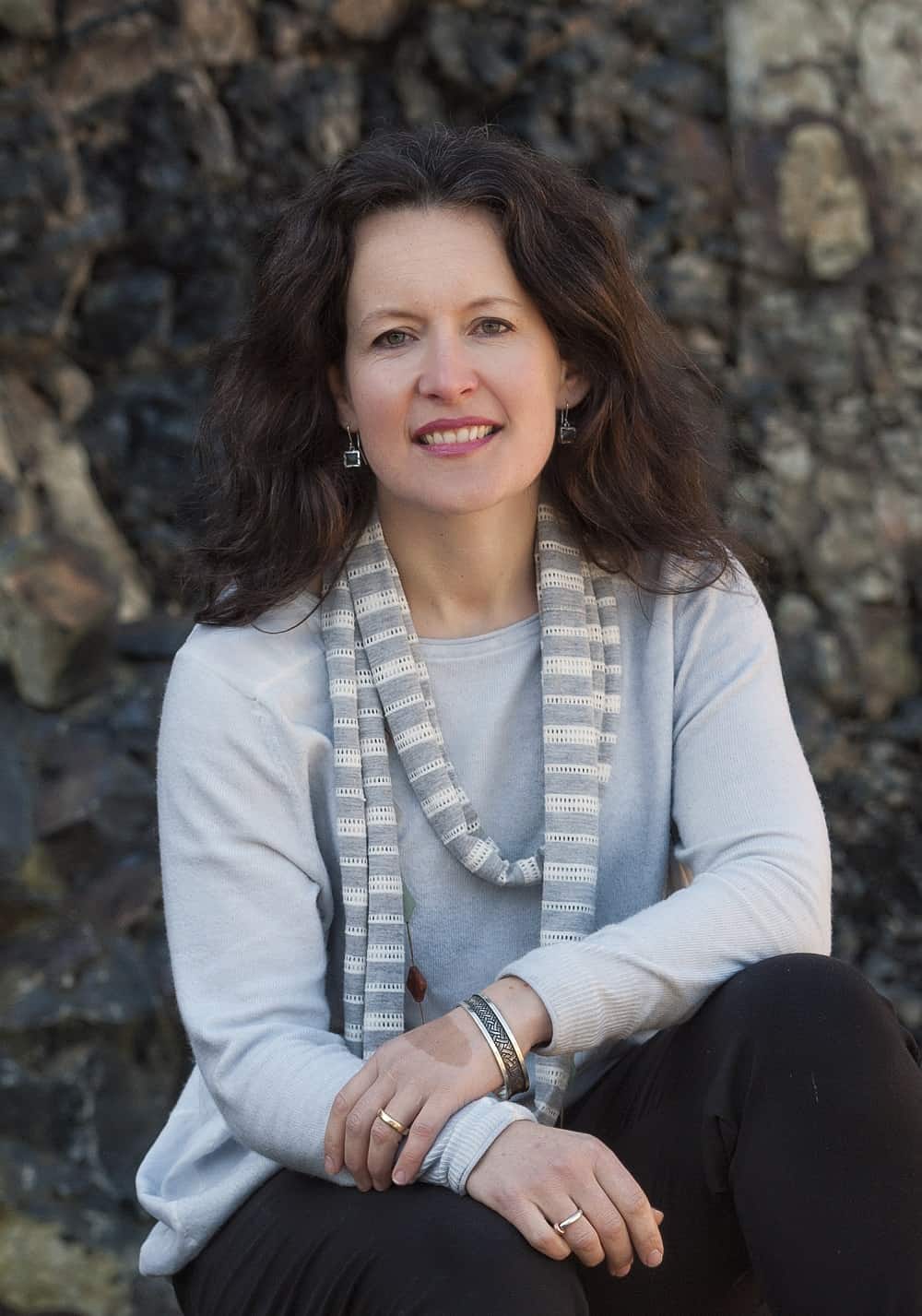
So tell us about your work life, when did you realise you wanted to be a scientist?
I’ve always loved landscapes and I wanted to know more about how and why landforms came to be. I travelled overseas during my final year of high school, and I was given a geology text for my birthday that year – it is funny to think in retrospect, but getting that book really inspired me to become a geologist – so once I’d returned from my gap year I headed straight into a Geology degree at the University of Otago. The absolute highlight of my degree was our third year field school to the West Coast, where my passion for the Alpine Fault was born!
Did you like your science classes in high school?
I really enjoyed science at high school, particularly physical geography. I had a wonderful teacher who inspired me, and she must have seen something in me because years later (like, 18!) she sent a card to congratulate me on getting my PhD! I was so touched by that – and it just reinforced for me the absolutely critical role of teachers in inspiring our young people to do the best they can in life.
What did you study at university?
I completed a first class honours degree in Geology, and then a Master’s in Tourism – I know, what a strange combination! After I finished my first degree I worked in the mining industry for five years, and during that time I realised I wanted to continue my academic endeavours. I dreamed of doing a PhD on the Alpine Fault from an interdisciplinary perspective. But in order to move into a social science discipline I needed to do a Master’s first, hence the study of environmental management in the marine tourism industry in New Zealand. Then I launched straight into the PhD after my first child was born in 2005.
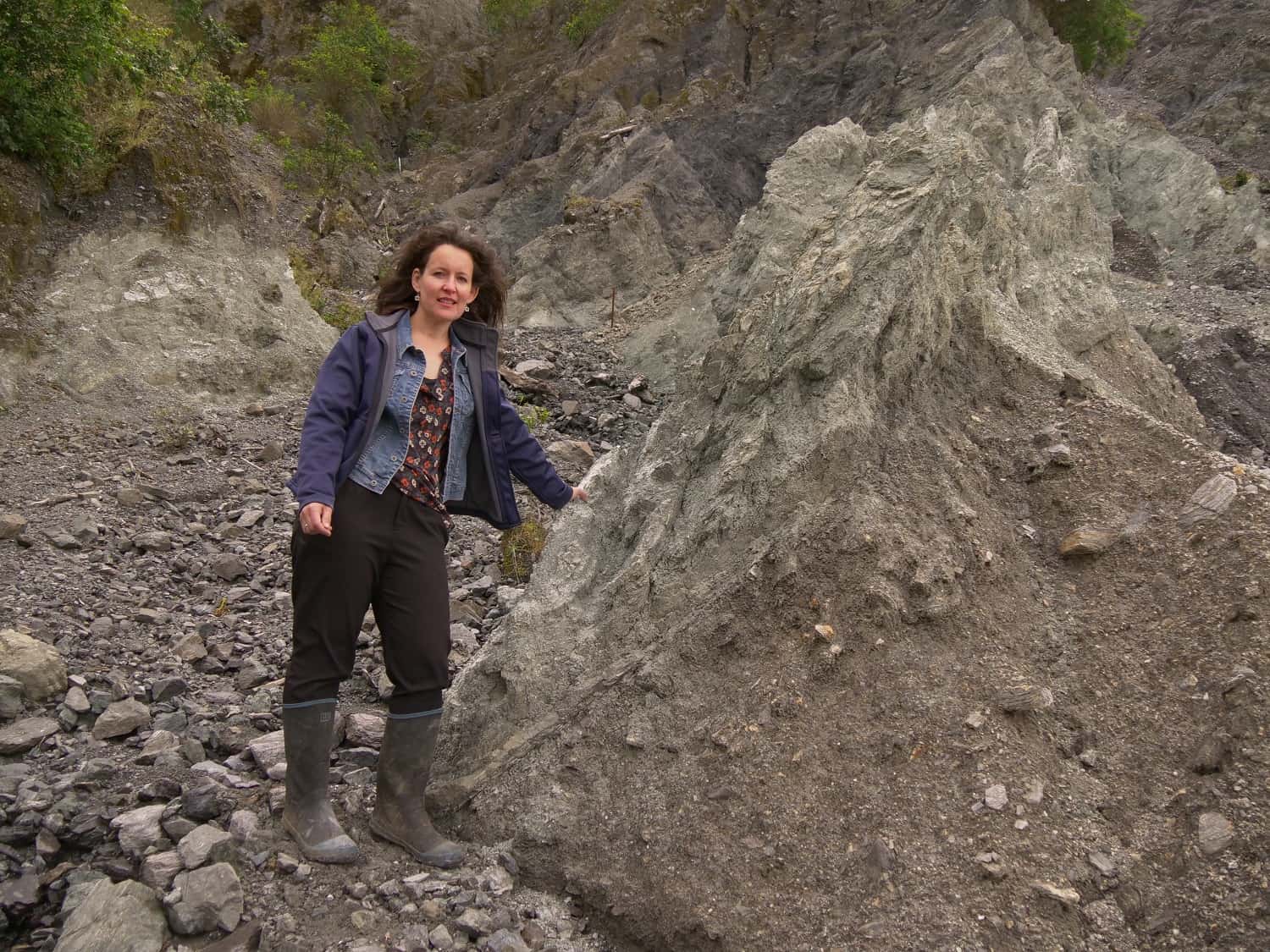
Have you ever felt like the odd one out because you’re a woman?
When I was doing my undergrad the class had a 1:3 female:male gender split. Since then it has improved a lot. I didn’t really feel like the odd one out in my class, but I did notice the lack of female teaching staff (and hence, role models). The mining industry was certainly a very male-dominated environment, and for quite some time I was the only woman working in the mine itself. That was a very interesting challenge, and one that I’m glad I experienced because it taught me a lot about life and how to work alongside people with different ideas and ways of being.
Your PhD thesis investigated tourism in places with high earthquake risk, what drew you to that subject?
As I mentioned earlier, the life-changing moment for me was visiting the Southern Alps on our 3rd year Geology field trip. I was just blown away by the potential of this plate boundary fault, and the power of the landscape around the Alps. I did my Honours dissertation on the Mahitahi area of South Westland, and as I did my field work I used to watch the Maui vans pottering up and down the highway and wonder if those tourists had any idea about the Alpine Fault and what they would do if it unleashed a big quake. Even in the early 1990s we knew a lot about the behaviour of the Alpine Fault in terms of the approx. 300 year return period for big earthquakes, but what I was concerned about was the lack of societal awareness and preparedness for the next event. That stuck with me as I went through the next ten years, and so once I decided to do a PhD on the topic, the rest followed.
Have you ever had pushback from the tourism sector for your work?
Over the years I’ve talked with many people about tourism and disaster preparedness, and there was a sense from some of them that if we talk openly about the Alpine Fault, it might not be good for business, because it may scare some tourists off. I don’t buy into that, and I think opinions have changed in the industry – we are far better off having good response plans within the tourism sector so we can expedite recovery and protect our international reputation post-disaster.
You’ve also looked at disaster preparedness in Washington State, USA – how does their preparedness compare with ours here in NZ?
We’re working with communities in coastal Washington who are highly exposed to a future Cascadia subduction (approx. magnitude 9) and associated tsunami. Since I became involved in the work in 2009, we have seen the development of one community-funded vertical evacuation structure, and there are two more in the pipeline – these are the first of their kind in North America. Certainly there is more that can be done in terms of community preparedness, but I believe there is a growing awareness both in NZ and Washington that we will need to look after ourselves for much longer than three days after a major disaster.
Now you spearhead Project AF8, can you tell us a bit about that?
Project AF8is in its third year and is a partnership between Civil Defence Emergency Management (CDEM) and the Alpine Fault science community, funded by the Ministry of Civil Defence and Emergency Management and the Resilience Challenge’s Rural Lab. The purpose of AF8 early on was to develop a coordinated response plan for a magnitude 8 earthquake for the first seven days, which was delivered in 2018 and is known as the SAFER Framework (South Island Alpine Fault earthquake response). In our third year we are dedicating ourselves to increasing our outreach and engagement by running the AF8 Roadshow ‘The Science Beneath our Feet’, which will take Alpine Fault science to secondary school students around the Southern Alps. We are also building up to the 2020 National Alpine Fault exercise, which requires a lot of planning and further science input.
What are your aspirations for the future?
Personally I would like to keep contributing to our hazards and disaster risk reduction research in New Zealand by continuing to work with fantastic colleagues in research and practice. I’d like AF8 to continue to act as the interface between science and emergency management, and to keep on building our readiness for the next big earthquake in the South Island.
